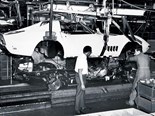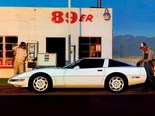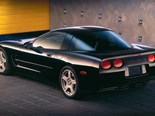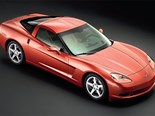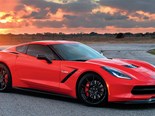Chevrolet Corvette C1 (1953 - 1963) Review
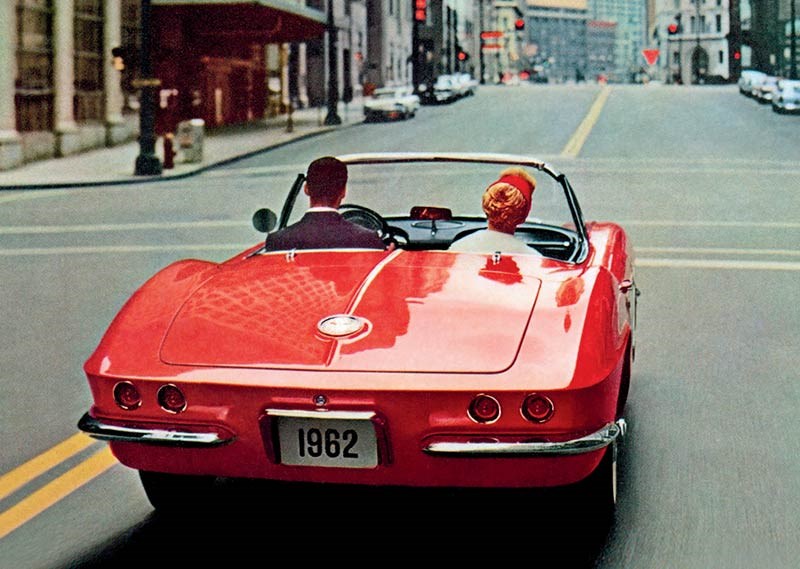 Corvette C1 1962
Corvette C1 1962

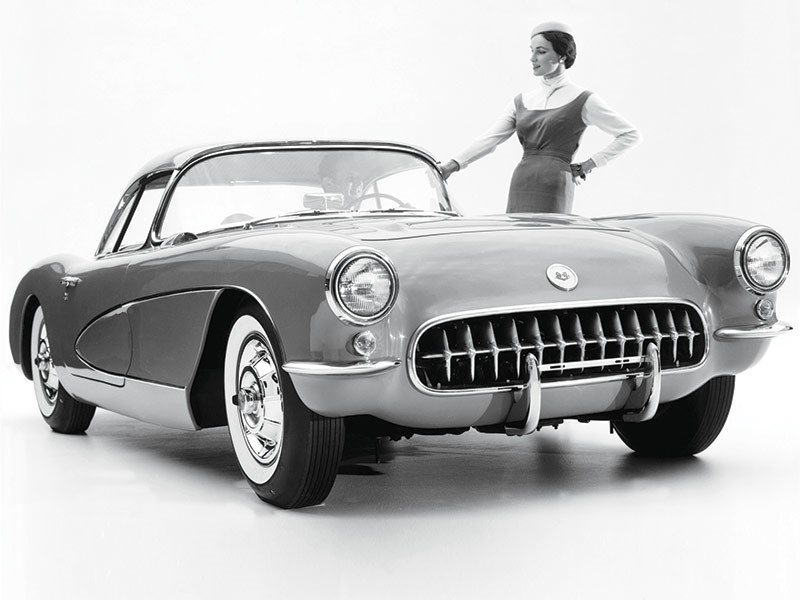 Corvette C1 1956
Corvette C1 1956

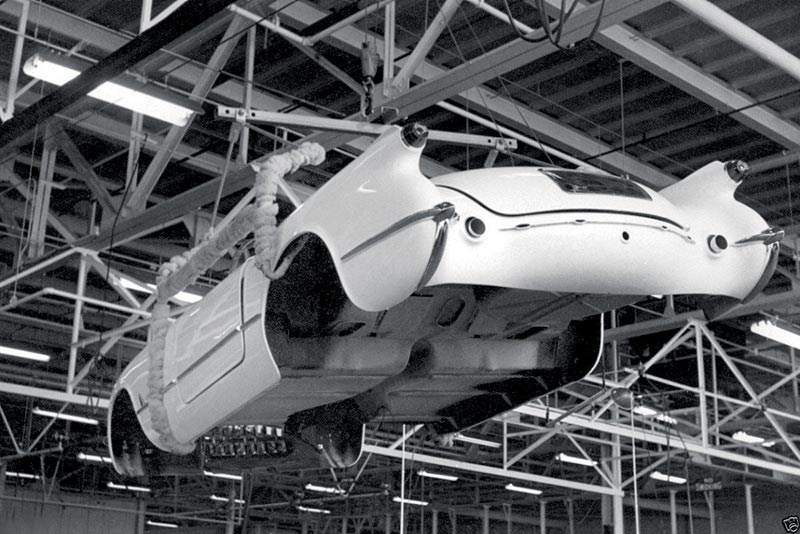 Corvette C1
Corvette C1


|
|
Corvette C1 1962
|

|
|
Corvette C1 1956
|

|
|
Corvette C1
|
We look at the timeline of the Corvette, starting with the first generation C1 from 1953-63
CHEVROLET CORVETTE C1
1953 - 1963
History has been a bit harsh on the original Corvette. Yes, it was followed by a car of rare beauty which doesn’t help, but bagging the first production Vette because it was powered by a 155hp straight six, was suspended at the rear by a straight axle, had cramped front legroom and drove through a two-speed transmission tends to overlook the fact that this car arrived just eight years after the end of World War II. This was a period when America could build a nuclear reactor but a car that comported itself much more elegantly than a frog in a sock was a technical leap too far.
Much of the credit for getting the Corvette to ride and handle competently goes to a little-known Englishman, Maurice Olley. His brief was to integrate the newly-designed engine, source as many Chevy shelf-available parts and to finesse the ride and handling. Olley knew that the front-end pitching that had been the bane of 1930s luxury cars could be cured by the simple expedient of giving the front suspension a longer period than the rear, and devised his coil spring and unequal length wishbones at the front to achieve this effect. Olley, incidentally, is also the engineer who started using the terms ‘oversteer’ and ‘understeer’.
Harley Earl’s development team included Henry Lauvre, who had been with the GM styling department since 1939 and was the principal stylist of the original EX-122 prototype, carrying his signature semi-pontoon fenders and high-mounted recessed headlights. The wraparound windscreen from the 1951 Le Sabre concept car also made it to the finished design. Originally dubbed ‘Project Opel’ to throw Detroit’s chinwaggers off the scent, production originally started in Flint, Michigan but moved to St Louis Missouri in early 1954. At this point, Zora Arkus-Duntov’s influence began to be felt.
Born in 1909 in Belgium and raised in Russia, Arkus-Duntov was hired by Chevrolet in 1953 and immediately immersed himself in the development of the Corvette. Such was his passion that he would become Chief Engineer and known as the "Father of the Corvette". That much is well-known. What are less well appreciated are Arkus-Duntov’s many battles inside GM, many of which he failed to win. His perennial baby was the mid-engined Corvette and that never got any further than the prototype stage. He also despised Bill Mitchell’s sensational split-window C2 coupe, due to its limited rear visibility and significant aerodynamic lift. He was always protective of the Corvette.
Even after he’d retired, he unsuccessfully sued Car and Driver magazine for a 1979 article which described the Vette’s rear suspension as "ill-conceived".
An infamous micromanager, Arkus-Duntov oversaw every development of the car, no matter how small. He even changed the location of the interior door pulls because of an occasion when driving at a proving ground where he borrowed a rain coat and found that when turning left, the cinch-straps on the coat’s sleeves could loop on the catch and open the door!
In 1955, the Corvette finally got the engine it deserved, the small-block V8, with the option of a three-speed manual. In ’57 this engine grew to 283ci and could be ordered with fuel injection and a four-speed manual transmission. Capacity increased to 327ci in 1962, the year after the first instance of quad round tail lights appeared. As power stepped up, the limitations of the solid axle became more and more apparent. It was time for a rethink.
Unique Cars magazine Value Guides
Sell your car for free right here
Get your monthly fix of news, reviews and stories on the greatest cars and minds in the automotive world.
Subscribe

.jpg)




.jpg)





